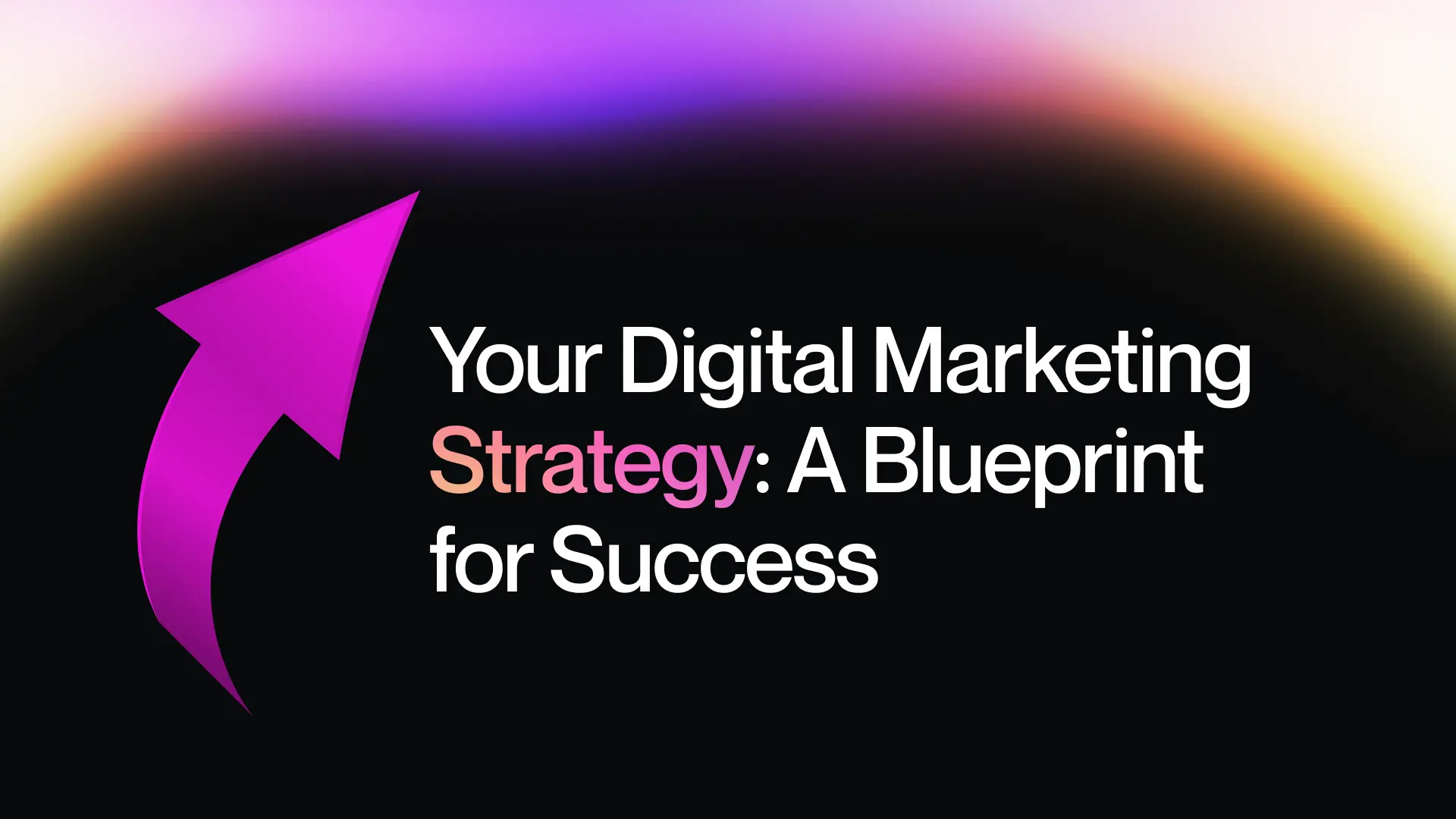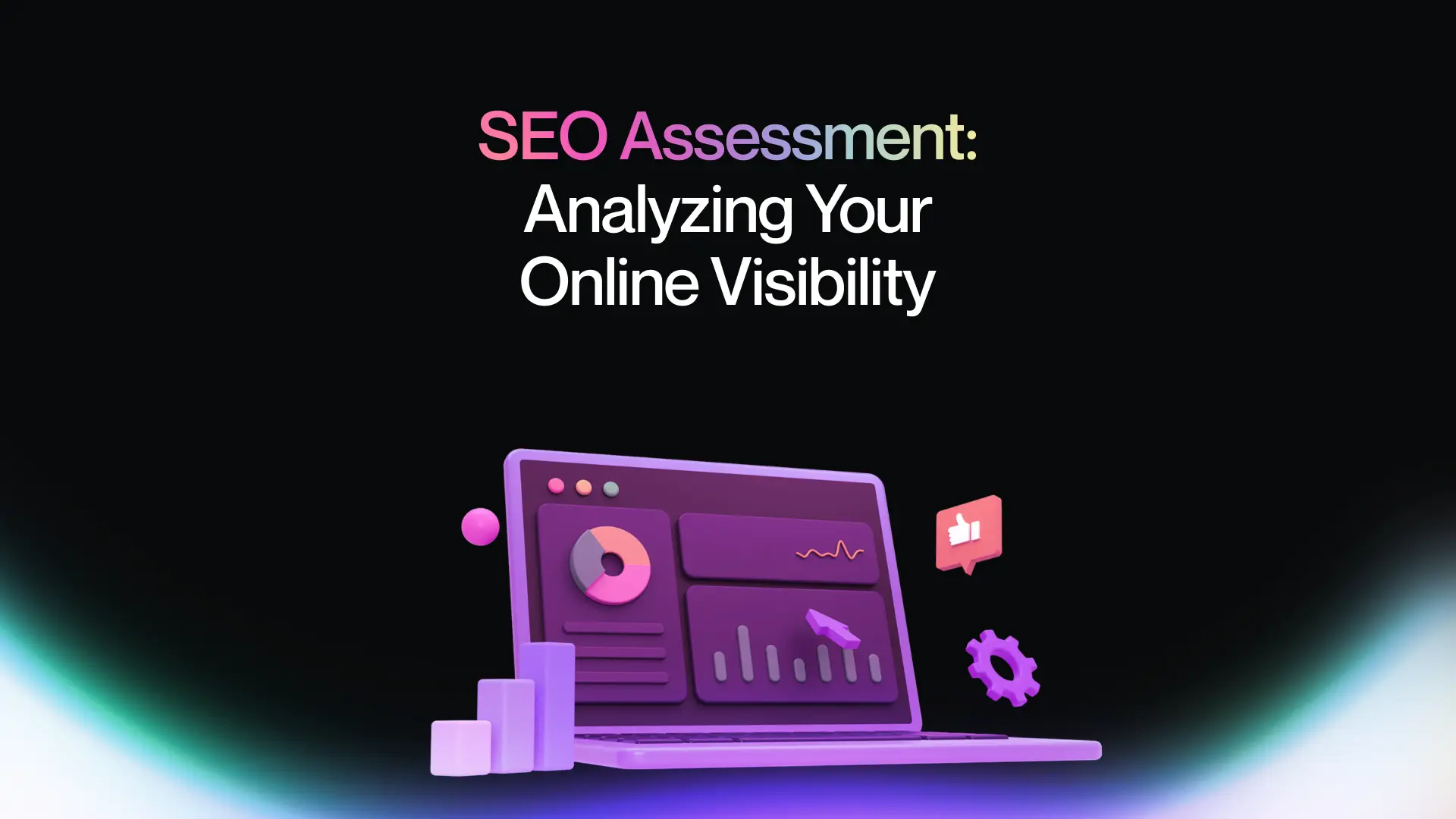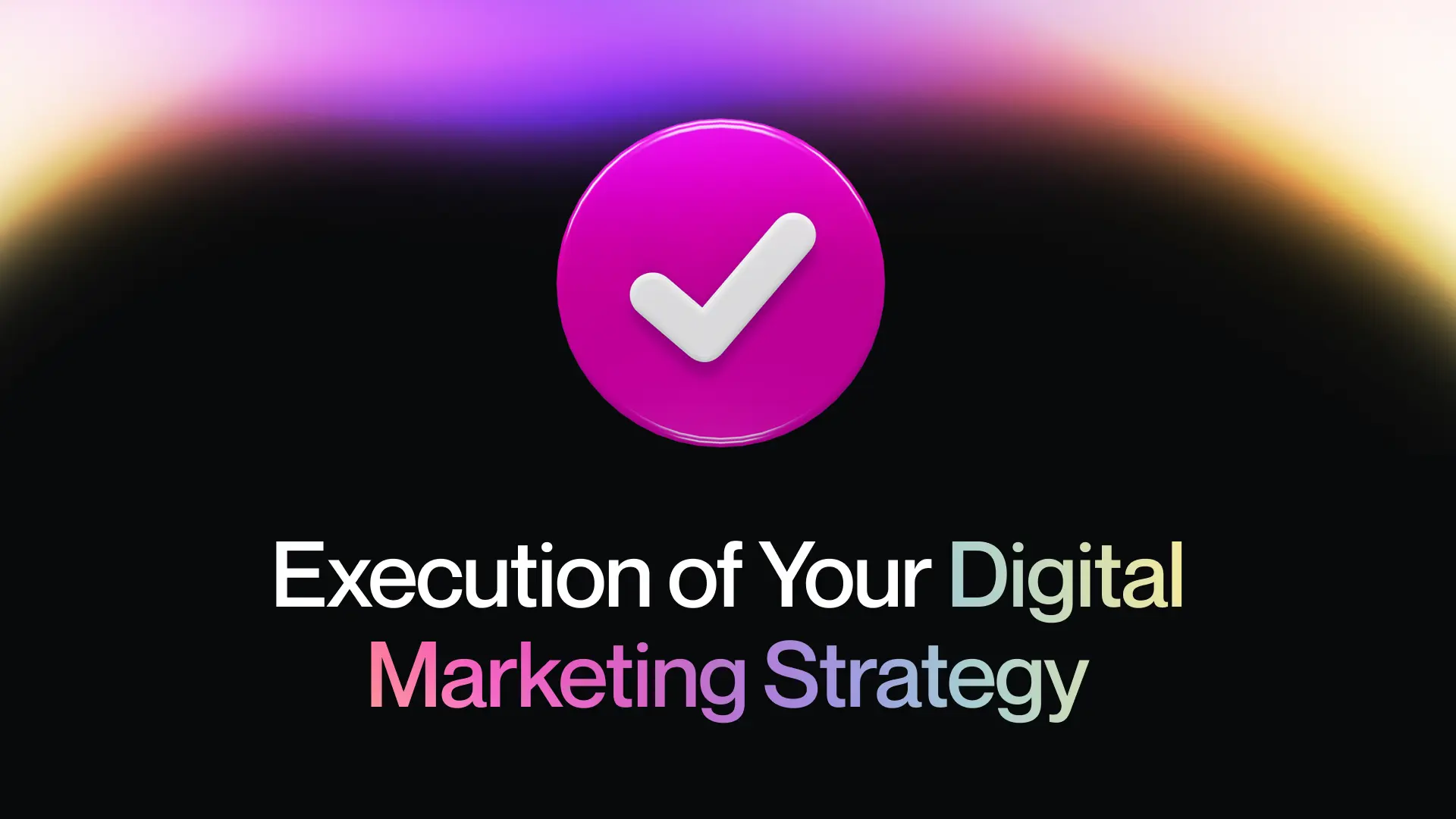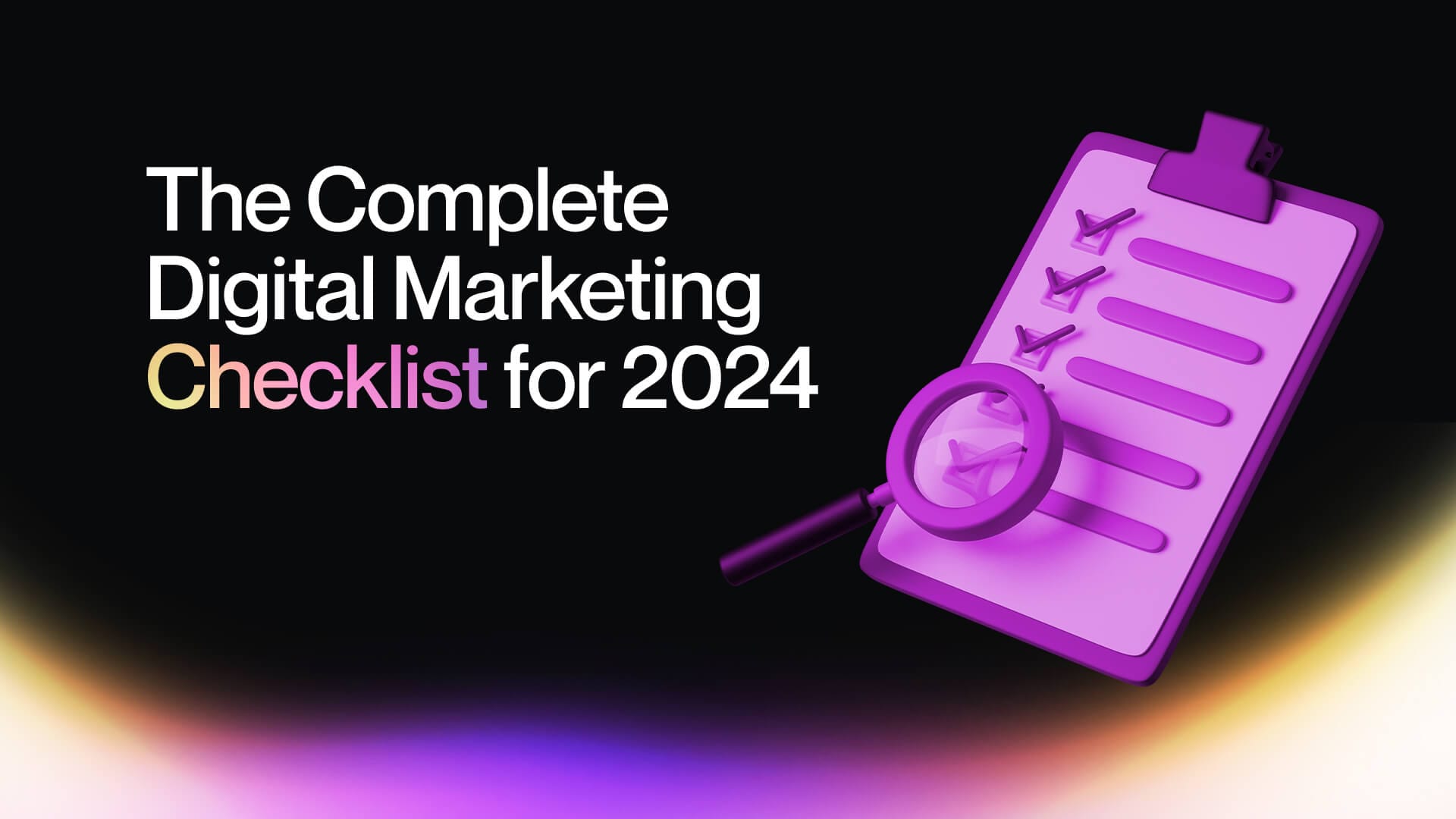One of the most effective ways to expand your business is through digital marketing. It offers scalability and provides clear metrics like return on ad spend (ROAS) or return on investment (ROI).
This digital marketing checklist optimizes your digital marketing investment and ensures business growth.
It covers everything from initial planning to strategy execution and ongoing performance evaluation.
Digital Marketing 101
Digital marketing involves promoting a brand through digital channels like websites, email, and social media. In contrast, offline marketing (nondigital) utilizes mediums like billboards, newspapers, radio, or TV.
Digital marketing extends beyond mere website presence or Google Ads. It encompasses the holistic online portrayal of your brand, including the digital marketing funnel.
Your Digital Marketing Strategy: A Blueprint for Success

Your Company's image, or brand, is paramount in shaping customer perceptions. In the realm of digital marketing, brand perception holds significant sway over business success.
It's essential to construct your brand strategy based on how you want your brand to be perceived. This strategy serves as a roadmap for your marketing initiatives, as outlined below.
Once you've defined your brand strategy, it's time to create your brand kit.
This kit serves as a set of guidelines dictating how your brand presents itself visually.
It includes elements like your logo, chosen fonts, color palette, and more.
Platforms like Webflow offer excellent tools for developing your brand kit effectively or you can hire or partner with a Webflow Republic or Webflow Enterprise Partner to help you with your branding efforts.
Executing a Website Design Evaluation
Once you've assessed your brand, proceed with a comprehensive website audit.
This examination involves looking over every aspect of your website and documenting your observations.
For instance, analyze metrics such as website traffic and bounce rates.
Evaluate whether your website is structured for easy navigation and prioritizes mobile user experience.
Consider if your website requires a redesign to enhance its overall appearance. Assess whether it effectively reflects your brand, and ensure it delivers fast and secure browsing experiences.
SEO Assessment: Analyzing Your Online Visibility

Begin by conducting an SEO audit. Some of the insights gathered during your website design audit may overlap with your SEO audit.
From an SEO standpoint, it's crucial to utilize tools like Google Search Console.
If you feel comfortable, consider leveraging SEO tools to delve deeper into auditing your website's technical aspects.
These tools crawl your site for errors, warnings, and other notifications, making it easier to identify areas for improvement.
SEO tools can monitor the positioning of your keywords for crucial terms related to your business.
This monitoring becomes increasingly important as you implement your SEO strategy and make adjustments.
It's advisable to conduct thorough keyword research before effectively doing keyword tracking to maximize effectiveness.
Auditing Your Advertising Campaigns for Optimal Performance

During this audit, your main goal should be to conduct a comprehensive assessment of a few key elements:
Total Expenditure: Review the overall spending across your advertising campaigns to ensure it remains within your budgetary limits while delivering satisfactory returns on investment.
Ad Copy Effectiveness: Evaluate the quality and impact of your ad copy. Ensure that it is compelling, relevant, and optimized to resonate with your target audience, ultimately driving clicks and conversions.
Key Ad Metrics: Analyze essential ad metrics like click-through rate (CTR), conversion rate, cost per click (CPC), and ad position. These metrics offer valuable insights into campaign performance and areas that may require optimization.
Overall Performance and ROAS: Assess the overall performance of your advertising efforts by calculating the Return on Ad Spend (ROAS). This metric measures the effectiveness of your campaigns in generating revenue and achieving your business goals.
Conducting Competitive Analysis: Understanding Your Market Position
Conducting a competitor analysis is essential to evaluate your competitors across all the categories discussed earlier. Utilizing SEO or social media software can significantly streamline this process compared to manual review methods.
These tools provide valuable insights into your competitors' strategies, performance metrics, and online presence, enabling you to make informed decisions and stay ahead in the competitive landscape.
By following these steps and regularly reviewing and updating your digital marketing strategy, you can ensure continued success and effectiveness in achieving your business goals.
Execution of Your Digital Marketing Strategy

Following the planning stage, it's crucial to execute your digital marketing strategy effectively. Here's a breakdown of key tasks to kickstart your implementation:
Update or Redesign Your Website: Incorporate insights from your website audit to update or redesign your website, ensuring alignment with current technological standards and integration of new brand kit elements.
Address SEO Technical Errors: Resolve technical errors identified during your website audit, including issues affecting web speed as indicated by reports from tools like PageSpeed Insights.
Commence Tracking SEO Performance: Utilize SEO software to conduct weekly audits of your website and set up position tracking for relevant keywords essential for your business.
On-page and Off-page SEO Optimizations: Enhance web pages by optimizing content, meta descriptions, images, and other metadata. Implement off-page SEO strategies such as building backlinks and updating business profiles on directory sites.
Update Social Media Profiles: Revamp your social media profiles by refreshing bios, intros, profile photos, and cover photos while adhering to your brand kit guidelines.
Develop Social Media Content Calendar: Create and maintain a social media content calendar incorporating insights from team contributions and competitor analysis, including relevant events and milestones.
Engage on Social Media Platforms: Allocate time for regular interaction and engagement on social media platforms by liking, commenting, and direct messaging as appropriate.
Build Advertising Campaigns: Focus on setting up and optimizing advertising campaigns across platforms like Google Ads and Microsoft Ads, incorporating tracking mechanisms to monitor performance effectively.
Regularly Monitor and Update Advertising Campaigns: Establish a schedule for monitoring and updating advertising campaigns, ensuring ongoing optimization and tracking of performance metrics.
By following these steps and regularly reviewing and updating your digital marketing strategy, you can ensure continued success and effectiveness in achieving your business goals.
Final Thoughts
Developing and executing a well-thought-out digital marketing strategy is essential for driving growth and success in today's competitive landscape.
From updating website designs to optimizing SEO performance, engaging with audiences on social media platforms, and running effective advertising campaigns, each step plays a crucial role in enhancing online visibility and driving conversions.
By continuously refining and adapting strategies based on performance data and competitor movements, businesses can stay ahead of the curve maximize their impact, and grow.
If assistance is needed, partnering with a Global Webflow Enterprise Partner can provide expert guidance and support in navigating the complexities of digital marketing.






